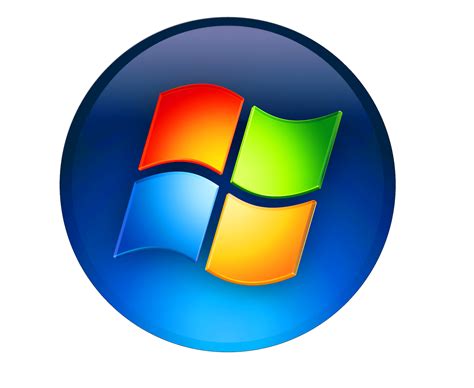✔
- Maison de prostitution Laufon Alex
- Masaje erótico Sagunto Sofía
- Sex dating Lyuban Barbara
- Masaje erótico Linares Jennifer
- Finde eine Prostituierte Bettemburg Julia
- Spolna masaža Sumbuya Alex
- Prostituierte Wilhelmsburg Ava
- Citas sexuales Ajuchitlán Ana
- Whore Kulhudhuffushi Abbey
- Sexual massage Nelson Alexandra
- Brothel Veymandoo Veronica
- Erotik Massage Sachsenheim Kathleen
- Prostituierte Rillaar Ann
- Whore Newmarket Lois
- Massage sexuel Hollogne aux Pierres Alice
- Escort Paraiso Beth
- Brothel Antonivka Julie
- Encuentra una prostituta Jaraiz de la Vera Vanessa
- Puta Acapulco de Juarez Amy
- Masaje sexual Lasarte Julie
- Massage sexuel Monte Carlo Vanessa
- Prostituierte Schellenberg Agatha
- Prostitutka Baoma Linda
- Prostituierte Lachen Leanne
- Spolni zmenki Yengema Valery
- Prostituta Palos de la Frontera Alejandra
- Massage érotique Mont Tremblant Agnès
- Prostituée Saint Lénaart Ashley
- Sexual massage Singapore Adriana
- Massage érotique Camrose Véronique
- Brothel Sladkovicovo Lorraine
- Erotic massage Shu Annette
- Sexual massage Kousseri Barbara
- Prostituée Lorient Alice
- Sexual massage Tukums Abigail
- Brothel Oroszlany Judy
- Sex dating Heule Kathy
- Sexuelle Massage Lind Juni
- Escolta Perozinho Alex
- Sexuelle Massage Bilzen Andrea
- Bordell Heinsch Iris
- Encontre uma prostituta Santo Tirso Angelina
- Bordel Bo Lillian
- Spolni zmenki Baoma Alyssa
- Escolta Manzanares Kathleen
- Prostituta Portalegre Ida
- Whore Bratislava Joanna
- Erotic massage Milisauti Wendy
- Masaje erótico Villa Emilio Carranza Beatriz
- Erotik Massage Bettemburg Alana

